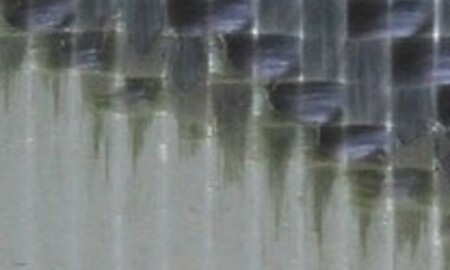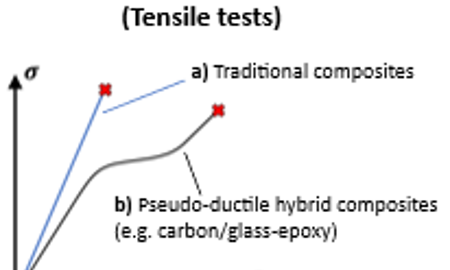Shape morphing aircrafts
Shape morphing aircraft - From Wright flyer to NASA smart wing
Author: Gokul Murali
If you are a tech-enthusiast, you might have seen a lot of videos showing aircraft with shape changing wings like this morphing aircraft concept from NASA:
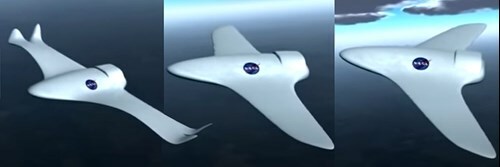
NASA’s smart wing aircraft concept
Image source: https://www.aerosociety.com/news/shape-shifters/
Video source: https://www.youtube.com/watch?v=goL5vYjyZtM&ab_channel=KingRoseArchives
This may look like a futuristic approach compared to the aircrafts such as Airbus A 320 or Boeing 787 that we see nowadays in the airports. But is it really a futuristic idea? No! Surprisingly the first heavier-than-air powered aircraft built by the Wright brothers in 1903, the ‘Wright flier’ had shape morphing structures. The wright brothers designed this aircraft in such a way that their wings could be twisted, thus controlling the roll of the aircraft.
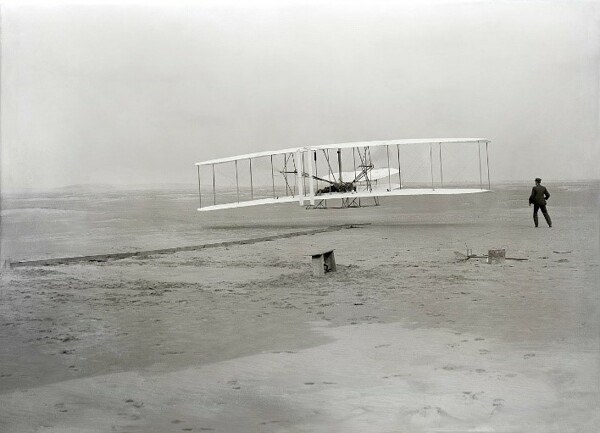
‘Wright flyer’ - The first heavier-than-air powered aircraft.
Image source: https://en.wikipedia.org/wiki/Wright_Flyer
The main purpose of morphing the aircraft profile is to replicate the behaviour of birds in flight. Try going to a park and observing the flight behaviour of pigeons (Psssst... You can bribe them with some breadcrumbs to get them do some tricks). You can see how they change the shape of their wings while flying. Birds usually twist their wings while turning, tuck them in while diving, or flare them while landing.
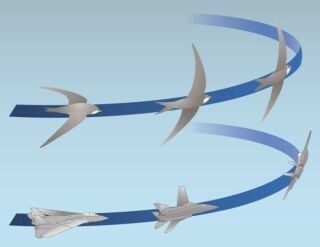
Wing morphing aircraft that replicates a bird’s wing profile.
Image source: https://www.livescience.com/3742-secret-bird-flight-revealed.html
Inspired by bird’s shape control for high manoeuvrability, several military aircrafts have been built with wing morphing. Aircrafts such as General Dynamics F-111, Grumman F-14 Tomcat, Sukhoi Su-22, Mikoyan-Gurevich MiG-27 etc. have used wing morphing in their construction.
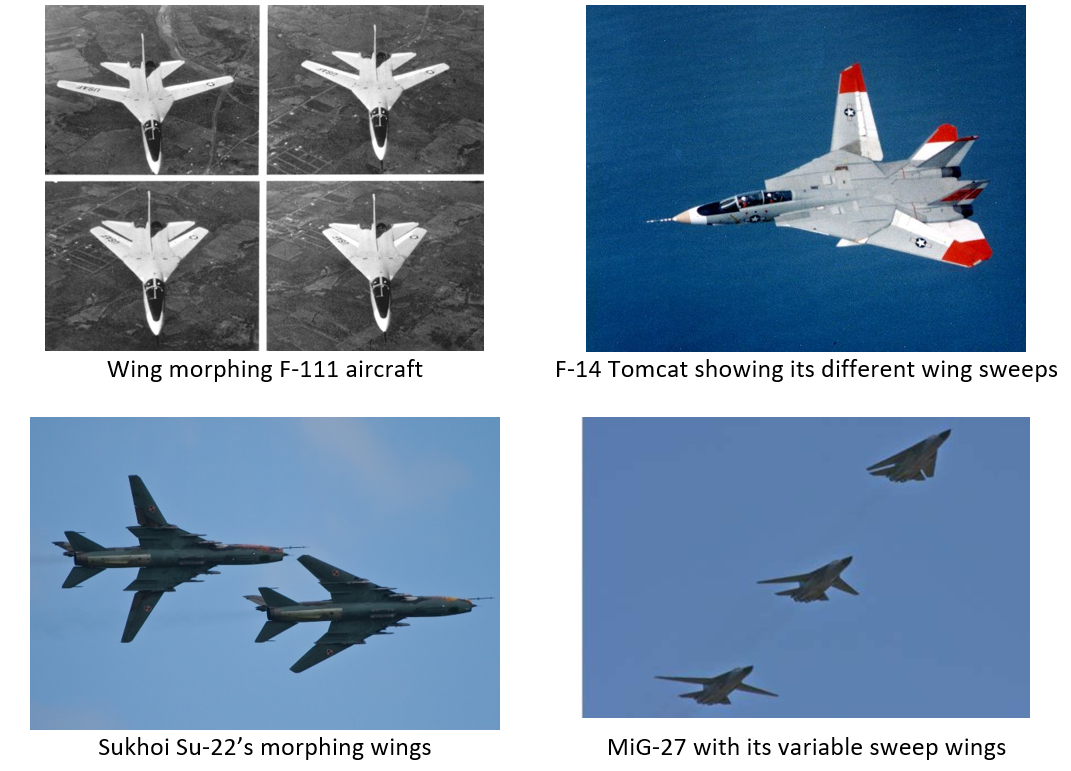
F-111 image source: https://nationalinterest.org/b...
F-14 image source: Wikipedia
Su-22 image source: https://forum.warthunder.com/i...
MiG-27 image source: https://www.newsbytesapp.com/n...
But that’s not all! Remember our good old friend ‘Concorde’? BAC (now called BAE systems) and Sud Aviation (now a part of Airbus) made this commercial aircraft with a shape morphing nose. Like Concorde, Tupolev Tu-144 also had a morphing nose. These aircrafts had a drooping nose while landing and taking off. While cruising, they retracted the nose to a ‘straight’ position.
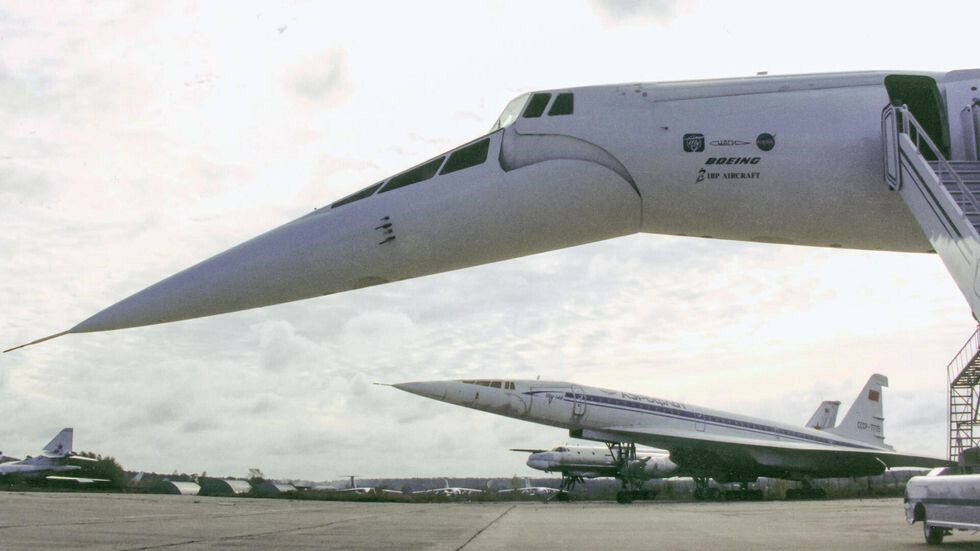
Shape changing nose of Tu-144
Image source: https://www.cnet.com/pictures/tupolev-tu-144-russias-supersonic-airliner/3/
At this point we have one big question – ‘When are we going to see such morphing parts in common commercial civil aviation?’. Modern morphing technologies are currently still in their infancy and are not yet commercially viable options. But, do not fret! Several research groups across academia and industry all over the world are working on the R&D of morphing aircraft structures. Let us hope and work hard towards making this dream a reality!
If you want to read more about morphing aircraft components you might find the following research papers interesting:
[1] C. Thill, J. Etches, I. Bond, K. Potter, and P. Weaver, “Morphing skins,” Aeronaut. J., vol. 112, no. 1129, pp. 117–139, 2008, doi: 10.1017/S0001924000002062.
[2] H. Baier and L. Datashvili, “Active and morphing aerospace structures-a synthesis between advanced materials, structures and mechanisms,” Int. J. Aeronaut. Sp. Sci., vol. 12, no. 3, pp. 225–240, 2011, doi: 10.5139/IJASS.2011.12.3.225.
[3] M. V. Donadon and L. Iannucci, “A Numerical Study on Smart Material Selection for Flapped and Twisted Morphing Wing Configurations,” J. Aerosp. Technol. Manag., vol. 6, no. 3, pp. 281–290, 2014, doi: 10.5028/jatm.v6i3.341.
[4] A. Rodriguez, “Morphing Aircraft Technology Survey,” Jan. 2013, doi: 10.2514/6.2007-1258.
[5] J. N. Kudva, “Overview of the DARPA smart wing project,” Journal of Intelligent Material Systems and Structures, vol. 15, no. 4. pp. 261–267, 2004, doi: 10.1177/1045389X04042796.
[6] M. I. Friswell, “Morphing Aircraft : An Improbable Dream?,” 2014, doi: 10.1115/SMASIS20147754.
[7] R. M. Ajaj, M. I. Friswell, M. Bourchak, and W. Harasani, “Span morphing using the GNATSpar wing,” Aerosp. Sci. Technol., vol. 53, pp. 38–46, 2016, doi: 10.1016/j.ast.2016.03.009.
[8] S. Murugan, E. I. Saavedra Flores, S. Adhikari, and M. I. Friswell, “Optimal design of variable fiber spacing composites for morphing aircraft skins,” Compos. Struct., vol. 94, no. 5, pp. 1626–1633, 2012, doi: 10.1016/j.compstruct.2011.12.023.
[9] R. M. Ajaj et al., “An integrated conceptual design study using span morphing technology,” J. Intell. Mater. Syst. Struct., vol. 25, no. 8, pp. 989–1008, 2014, doi: 10.1177/1045389X13502869.
[10] S. Barbarino, O. Bilgen, R. M. Ajaj, M. I. Friswell, and D. J. Inman, “A Review of Morphing Aircraft,” J. Intell. Mater. Syst. Struct., vol. 22, no. 9, pp. 823–877, Jun. 2011, doi: 10.1177/1045389X11414084.

